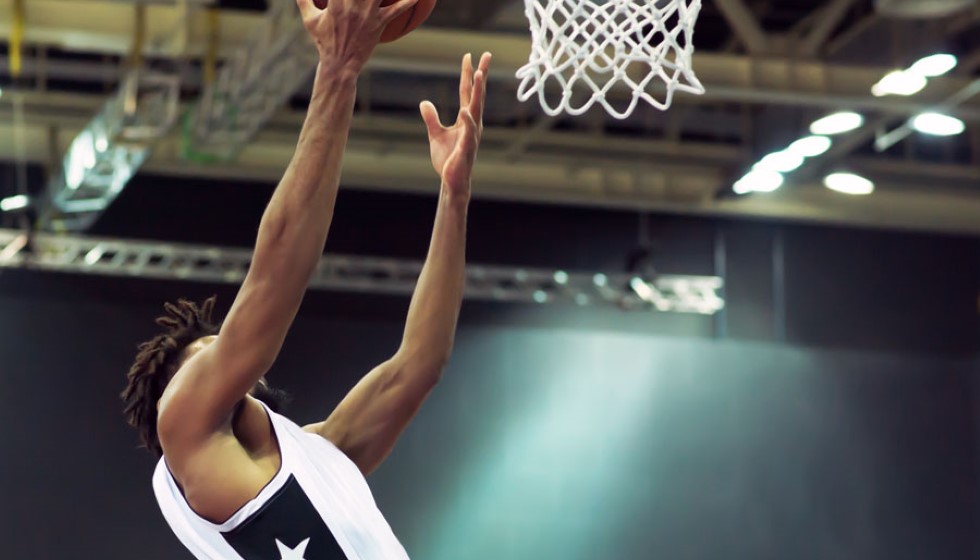
76ers Adapt with Unconventional Lineups in Absence of Embiid and Drummond
In the midst of a challenging season, the Philadelphia 76ers find themselves navigating uncharted territory as they compete without the presence of their star centers, Joel Embiid and Andre Drummond. This absence has opened the door for coach Nick Nurse to experiment with unconventional lineups, testing the team's adaptability during this pivotal period. The strategy has included relying on smaller formations and an unexpected deployment of veteran star Paul George, igniting both intrigue and debates among basketball aficionados.
Reinvention in the Paint
As Guerschon Yabusele assumes the starting center position, he shoulders the responsibility of maintaining stability in the paint. Meanwhile, Adem Bona's role in anchoring the second unit has become pivotal for the 76ers as they strive to navigate a season without their dominant big men. The necessity for creativity was perhaps most vividly illustrated during a 123-115 loss to the New Orleans Pelicans, where the team attempted a centerless formation.
This drastic stylistic shift is indicative of a trend being embraced not only by the Sixers but also by other franchises across the league, such as the Boston Celtics. Coach Nick Nurse's willingness to implement smaller lineups is a testament to the increasingly versatile demands of modern basketball, where adaptability can often be the difference between contention and mediocrity.
The Role of Paul George
In this experimental phase, Paul George has stepped into an unfamiliar role. Known for his exemplary perimeter defense, George is part of an unconventional lineup that features Tyrese Maxey, Ricky Council IV, Kelly Oubre Jr., and Caleb Martin. George, with his 6-8 frame and 6-11 wingspan, provides a unique set of challenges and opportunities for opponents when he's on the court.
However, the veteran player hasn't shied away from expressing his thoughts on the positional adjustments he's endured. "It's different," George conceded. "I'm used to scrapping and running around and chasing and fighting through screens." These comments underscore the multifaceted nature of his game, where he's historically thrived on the perimeter, guarding the league's elite wing players.
Boredom and Challenge
His candid remarks continue with an acknowledgment of the stagnancy he feels in his new on-court duties. "To be honest, I'm bored playing on a 5. It just don't do enough for me," George stated, highlighting his lessened involvement in the high-octane action he relishes. Despite these sentiments, he remains a pivotal piece of Nick Nurse's lineup puzzle, proving his value with versatility and leadership.
George's preference is clear: "I enjoy chasing the little guys and matching up against wing offensive players." This affinity for engaging with dynamic scorers on the court further solidifies his reputation as a defensive stalwart, even when positioned out of his comfort zone.
Testing Limits and Adaptability
While the Sixers grapple with these novel strategies, there is no denying that the current circumstances are putting their adaptability to the test. Absent of Embiid's commanding presence in the paint and Drummond's rebounding prowess, the team has been thrust into a period of self-discovery. The success of these smaller lineups, however experimental, could have significant implications for their playoff aspirations.
In the broader landscape of the NBA, the Sixers' innovative approach reflects a game that is constantly evolving. As teams continue to push the boundaries of traditional roles and playstyles, the ability to adapt and find success amidst adversity becomes not just a challenge, but a necessity.
Only time will tell how the Sixers fare during this stretch without their star pivot players, but one thing is clear: in Philadelphia, the quest for victory has become a testament to resilience and reinvention.